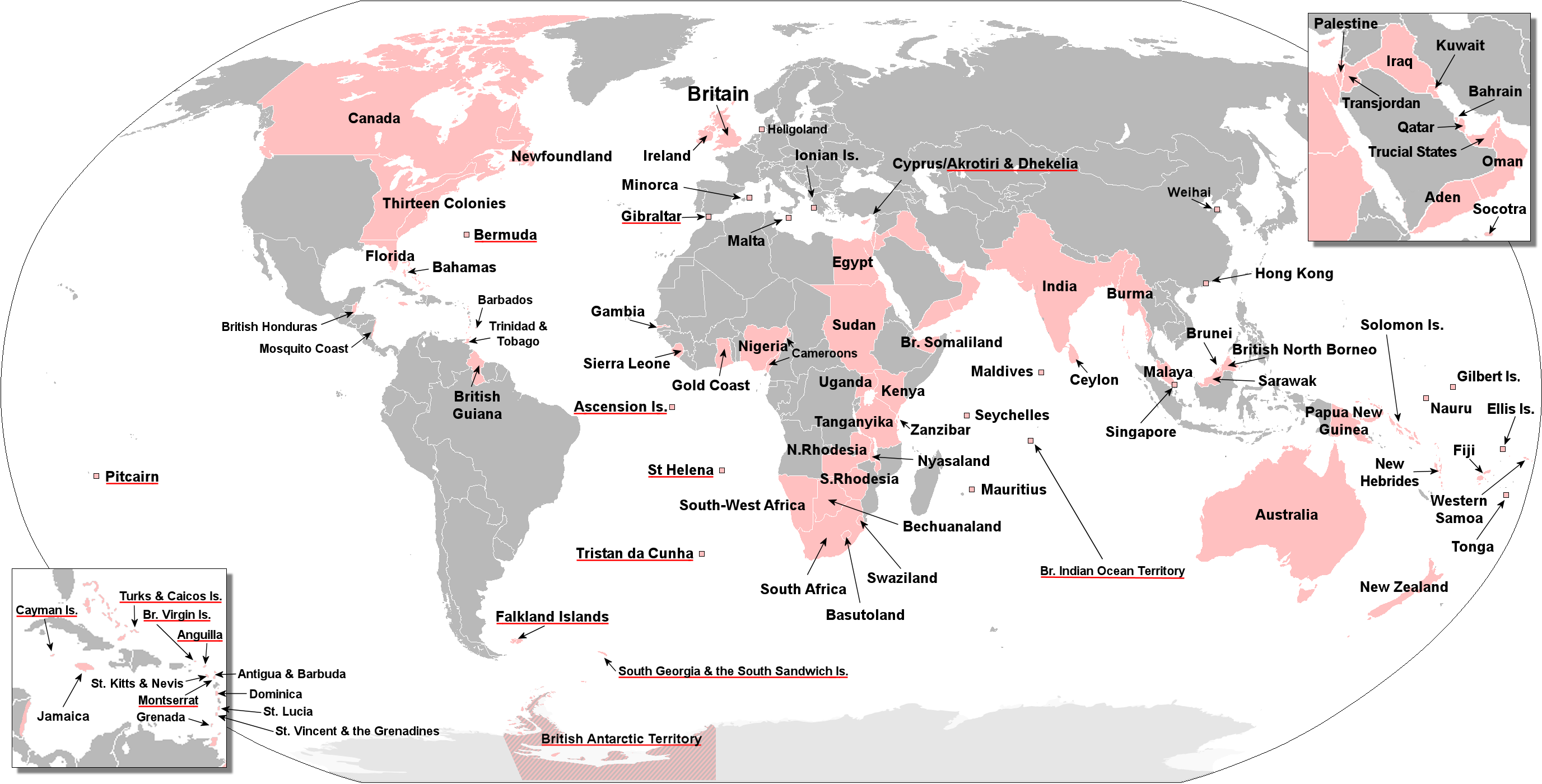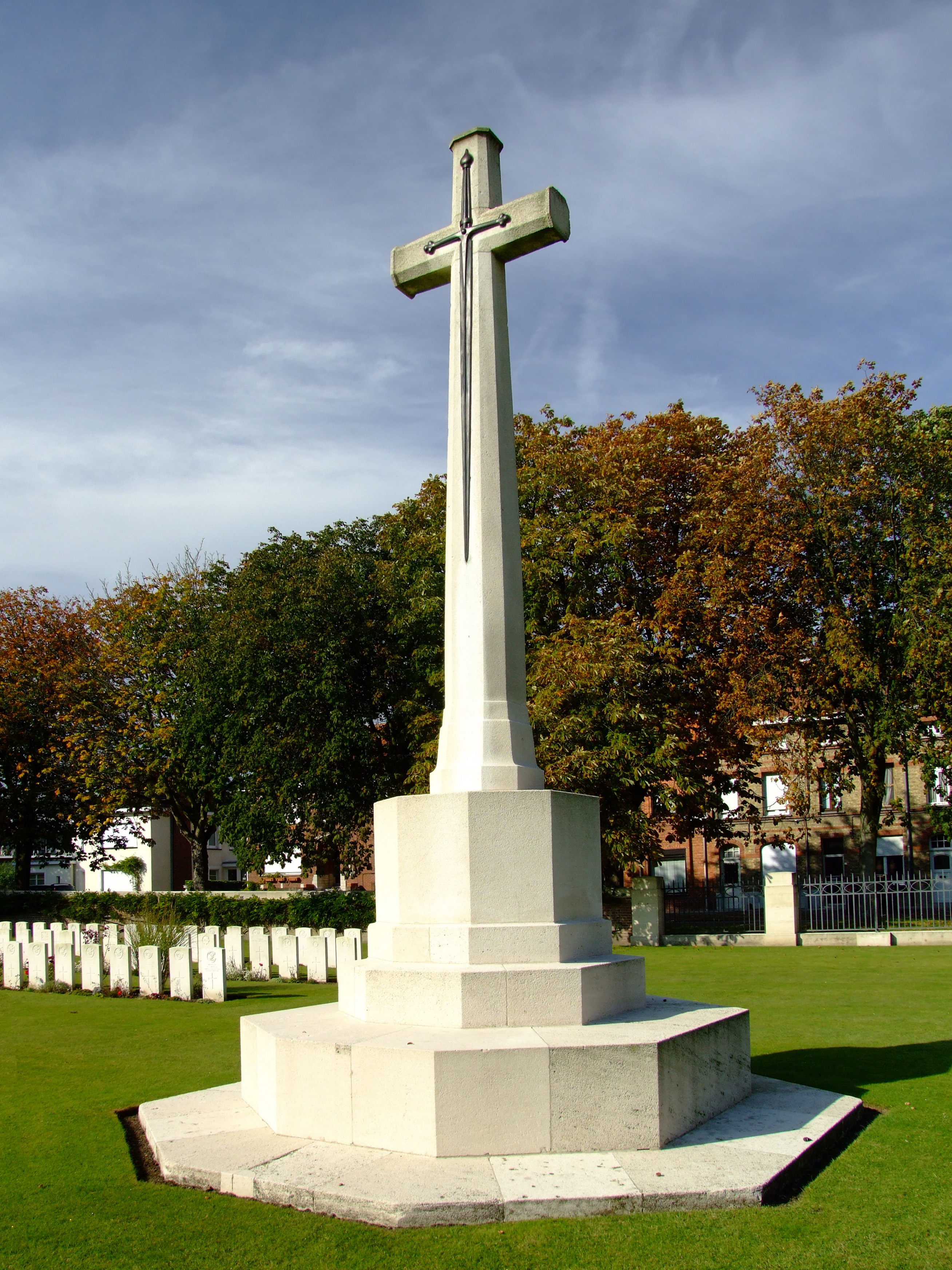|
Hedge Row Trench Commonwealth War Graves Commission Cemetery
Hedge Row Trench Cemetery is a Commonwealth War Graves Commission burial ground for the dead of the First World War located near The Bluff south of Ypres (''Ieper'') in Belgium on the Western Front. Foundation The cemetery, also known as ''Ravine Wood Cemetery'', was founded in March 1915 and closed in August 1917. Being directly on the front line, the cemetery was repeatedly shelled and the original locations of the graves could not be established. The majority of the stones are therefore arrayed in a circle around the Cross of Sacrifice and are marked "known to be buried in this cemetery", with the default additional phrase "Their glory shall not be blotted out", a line suggested by Rudyard Kipling. The cemetery was designed by J R Truelove. The cemetery grounds were assigned to the United Kingdom in perpetuity by King Albert I of Belgium in recognition of the sacrifices made by the British Empire in the defence and liberation of Belgium during the war. [...More Info...] [...Related Items...] OR: [Wikipedia] [Google] [Baidu] |
Commonwealth War Graves Commission
The Commonwealth War Graves Commission (CWGC) is an intergovernmental organisation of six independent member states whose principal function is to mark, record and maintain the graves and places of commemoration of Commonwealth of Nations military service members who died in the two World Wars. The commission is also responsible for commemorating Commonwealth civilians who died as a result of enemy action during the Second World War. The commission was founded by Sir Fabian Ware and constituted through Royal Charter in 1917 as the Imperial War Graves Commission. The change to the present name took place in 1960. The commission, as part of its mandate, is responsible for commemorating all Commonwealth war dead individually and equally. To this end, the war dead are commemorated by a name on a headstone, at an identified site of a burial, or on a memorial. War dead are commemorated uniformly and equally, irrespective of military or civil rank, race or creed. The commission ... [...More Info...] [...Related Items...] OR: [Wikipedia] [Google] [Baidu] |
Hedge Row Trench CWGC 2461894418
A hedge or hedgerow is a line of closely spaced shrubs and sometimes trees, planted and trained to form a barrier or to mark the boundary of an area, such as between neighbouring properties. Hedges that are used to separate a road from adjoining fields or one field from another, and are of sufficient age to incorporate larger trees, are known as hedgerows. Often they serve as windbreaks to improve conditions for the adjacent crops, as in bocage country. When clipped and maintained, hedges are also a simple form of topiary. A hedge often operates as, and sometimes is called, a "live fence". This may either consist of individual fence posts connected with wire or other fencing material, or it may be in the form of densely planted hedges without interconnecting wire. This is common in tropical areas where low-income farmers can demarcate properties and reduce maintenance of fence posts that otherwise deteriorate rapidly. Many other benefits can be obtained depending on the speci ... [...More Info...] [...Related Items...] OR: [Wikipedia] [Google] [Baidu] |
Find A Grave
Find a Grave is a website that allows the public to search and add to an online database of cemetery records. It is owned by Ancestry.com. Its stated mission is "to help people from all over the world work together to find, record and present final disposition information as a virtual cemetery experience." Volunteers can create memorials, upload photos of grave markers or deceased persons, transcribe photos of headstones, and more. , the site claimed more than 210 million memorials. History The site was created in 1995 by Salt Lake City resident Jim Tipton (born in Alma, Michigan) to support his hobby of visiting the burial sites of celebrities. He later added an online forum. Find a Grave was launched as a commercial entity in 1998, first as a trade name and then incorporated in 2000. The site later expanded to include graves of non-celebrities, in order to allow online visitors to pay respect to their deceased relatives or friends. In 2013, Tipton sold Find a Grave to An ... [...More Info...] [...Related Items...] OR: [Wikipedia] [Google] [Baidu] |
Woods Commonwealth War Graves Commission Cemetery
Woods Cemetery is a Commonwealth War Graves Commission burial ground for the dead of the First World War located near The Bluff south of Ypres (''Ieper'') in Belgium on the Western Front. Foundation The cemetery was made by the 1st Battalions of the Dorset and East Surrey Regiments in April 1915. It closed in September 1917. Many of the burials are from the London Regiment and the Canadian 2nd, 3rd and 10th Divisions. For much of the war, the front line ran just beyond the trees the cemetery is named for. The cemetery was designed by Sir Edwin Lutyens. The cemetery grounds were assigned to the United Kingdom in perpetuity by King Albert I of Belgium in recognition of the sacrifices made by the British Empire in the defence and liberation of Belgium during the war. accessed 19 August 2006 Other cem ...
|
First DCLI Commonwealth War Graves Commission Cemetery, The Bluff
First DCLI Cemetery, The Bluff is a Commonwealth War Graves Commission burial ground for the dead of the First World War located near The Bluff south of Ypres (''Ieper'') in Belgium on the Western Front. It takes its name from the Duke of Cornwall's Light Infantry (DCLI). Immediate area The area where the cemetery stands, known by soldiers as "The Bluff", is an artificial ridge in the landscape created by spoil from failed attempts to dig a canal. With the additional height in an otherwise relatively flat landscape, The Bluff was an important military objective. German forces took The Bluff in February 1916, and it was recaptured by the 14th (Light) Division on 2 March. In July 1916, the Germans detonated a mine under the ridge, but did not capture it. The Germans took The Bluff during the Spring Offensive of 1918, and it finally returned to Allied hands on 28 September after a push by the 14th (Light) Division. The area is now a provincial nature reserve and picnic area cal ... [...More Info...] [...Related Items...] OR: [Wikipedia] [Google] [Baidu] |
British Empire
The British Empire was composed of the dominions, colonies, protectorates, mandates, and other territories ruled or administered by the United Kingdom and its predecessor states. It began with the overseas possessions and trading posts established by England between the late 16th and early 18th centuries. At its height it was the largest empire in history and, for over a century, was the foremost global power. By 1913, the British Empire held sway over 412 million people, of the world population at the time, and by 1920, it covered , of the Earth's total land area. As a result, its constitutional, legal, linguistic, and cultural legacy is widespread. At the peak of its power, it was described as " the empire on which the sun never sets", as the Sun was always shining on at least one of its territories. During the Age of Discovery in the 15th and 16th centuries, Portugal and Spain pioneered European exploration of the globe, and in the process established ... [...More Info...] [...Related Items...] OR: [Wikipedia] [Google] [Baidu] |
Albert I Of Belgium
Albert I (8 April 1875 – 17 February 1934) was King of the Belgians from 23 December 1909 until his death in 1934. Born in Brussels as the fifth child and second son of Prince Philippe, Count of Flanders and Princess Marie of Hohenzollern-Sigmaringen, Albert succeeded his uncle, Leopold II, to the Belgian throne in 1909. He married Elisabeth of Bavaria, with whom he had three children. Albert ruled during an eventful period in the history of Belgium, which included the period of World War I (1914–1918), when most of Belgium was occupied by German forces. Other crucial events of his reign included the adoption of the Treaty of Versailles in June 1919, the ruling of the Belgian Congo as an overseas possession of Belgium along with the League of Nations mandate of Ruanda-Urundi, the reconstruction of Belgium following the war, and the first five years of the Great Depression (1929–1934). Albert died in a mountaineering accident in eastern Belgium in 1934, at the ... [...More Info...] [...Related Items...] OR: [Wikipedia] [Google] [Baidu] |
Rudyard Kipling
Joseph Rudyard Kipling ( ; 30 December 1865 – 18 January 1936)''The Times'', (London) 18 January 1936, p. 12. was an English novelist, short-story writer, poet, and journalist. He was born in British Raj, British India, which inspired much of his work. Kipling's works of fiction include the ''Jungle Book'' -logy, duology (''The Jungle Book'', 1894; ''The Second Jungle Book'', 1895), ''Kim (novel), Kim'' (1901), the ''Just So Stories'' (1902) and many short stories, including "The Man Who Would Be King" (1888). His poems include "Mandalay (poem), Mandalay" (1890), "Gunga Din" (1890), "The Gods of the Copybook Headings" (1919), "The White Man's Burden" (1899), and "If—" (1910). He is seen as an innovator in the art of the short story.Rutherford, Andrew (1987). General Preface to the Editions of Rudyard Kipling, in "Puck of Pook's Hill and Rewards and Fairies", by Rudyard Kipling. Oxford University Press. His children's books are classics; one critic noted "a versatile and lu ... [...More Info...] [...Related Items...] OR: [Wikipedia] [Google] [Baidu] |
Cross Of Sacrifice
The Cross of Sacrifice is a Commonwealth war memorial designed in 1918 by Sir Reginald Blomfield for the Imperial War Graves Commission (now the Commonwealth War Graves Commission). It is present in Commonwealth war cemeteries containing 40 or more graves. Its shape is an elongated Latin cross with proportions more typical of the Celtic cross, with the shaft and crossarm octagonal in section. It ranges in height from . A bronze longsword, blade down, is affixed to the front of the cross (and sometimes to the back as well). It is usually mounted on an octagonal base. It may be freestanding or incorporated into other cemetery features. The Cross of Sacrifice is widely praised, widely imitated, and the archetypal British war memorial. It is the most imitated of Commonwealth war memorials, and duplicates and imitations have been used around the world. Development and design of the cross The Imperial War Graves Commission The First World War introduced killing on such a mass scale th ... [...More Info...] [...Related Items...] OR: [Wikipedia] [Google] [Baidu] |
Front Line
A front line (alternatively front-line or frontline) in military terminology is the position(s) closest to the area of conflict of an armed force's personnel and equipment, usually referring to land forces. When a front (an intentional or unintentional boundary) between opposing sides forms, the front line is the area where each side's forces are engaged in conflict. Leaders have often fought at the front lines either purposefully or due to a collapse in battle formation. While a calculated risk, fighting on the front has in instances reduced communication and heightened morale. All branches of the United States Armed Forces use the related technical terms, Forward Line of Own Troops (FLOT) and Forward Edge of Battle Area (FEBA). These terms are used as battlespace control measures that designate the forward-most friendly maritime or land forces on the battlefield at a given point in time during an armed conflict. FLOT/FEBA may include covering and screening forces. The Forw ... [...More Info...] [...Related Items...] OR: [Wikipedia] [Google] [Baidu] |
Western Front (World War I)
The Western Front was one of the main theatres of war during the First World War. Following the outbreak of war in August 1914, the German Army opened the Western Front by invading Luxembourg and Belgium, then gaining military control of important industrial regions in France. The German advance was halted with the Battle of the Marne. Following the Race to the Sea, both sides dug in along a meandering line of fortified trenches, stretching from the North Sea to the Swiss frontier with France, which changed little except during early 1917 and in 1918. Between 1915 and 1917 there were several offensives along this front. The attacks employed massive artillery bombardments and massed infantry advances. Entrenchments, machine gun emplacements, barbed wire and artillery repeatedly inflicted severe casualties during attacks and counter-attacks and no significant advances were made. Among the most costly of these offensives were the Battle of Verdun, in 1916, with a combined 700 ... [...More Info...] [...Related Items...] OR: [Wikipedia] [Google] [Baidu] |
Hedge Row Trench CWGC 2461885224 Entrance
A hedge or hedgerow is a line of closely spaced shrubs and sometimes trees, planted and trained to form a barrier or to mark the boundary of an area, such as between neighbouring properties. Hedges that are used to separate a road from adjoining fields or one field from another, and are of sufficient age to incorporate larger trees, are known as hedgerows. Often they serve as windbreaks to improve conditions for the adjacent crops, as in bocage country. When clipped and maintained, hedges are also a simple form of topiary. A hedge often operates as, and sometimes is called, a "live fence". This may either consist of individual fence posts connected with wire or other fencing material, or it may be in the form of densely planted hedges without interconnecting wire. This is common in tropical areas where low-income farmers can demarcate properties and reduce maintenance of fence posts that otherwise deteriorate rapidly. Many other benefits can be obtained depending on the speci ... [...More Info...] [...Related Items...] OR: [Wikipedia] [Google] [Baidu] |







.jpg)
